The DECODER series — to which SEMIOVOX has invited our semiotician colleagues from around the world to contribute — explores fictional semiotician-esque action as depicted in books, movies, TV shows, etc.
When I was 11, Steven Spielberg’s 2001 movie A.I. Artificial Intelligence deeply touched my heart. The child of divorce, raised by a single father, I was the same age then as the movie’s protagonist, David.
An artificial human being, David was created to satisfy the emotional needs of parents who’d lost their children. He was programmed to love his adoptive mother, but [spoiler alert] when her dying son is cured, she abandons him. What follows is a 2,000-year journey in search of the Blue Fairy, whom David recalls from The Adventures of Pinocchio. Will be be transformed into a real boy, like Pinocchio was? Will his adoptive mother ever love him?
Spielberg brings so many fascinating signs and connotations to life, here: The Adventures of Pinocchio as the mirror of this story, the vision of the end-of-the-world (Man)hattan populated by artificial beings, different expressions of David’s eyes as he progresses from one sort of “awakening” to the next. Even the movie’s release year seems like a tribute to Stanley Kubrick, who’d acquired the rights to the source story (by Brian Aldiss) in the early 1970s, but who wasn’t able to realize his vision of how to film it before he passed away.
I’m most impressed by the various manifestations of the Blue Fairy symbol. Throughout A.I., versions of the Blue Fairy connote everything from faith to desire, dream, destination, and the end of David’s life. For example:
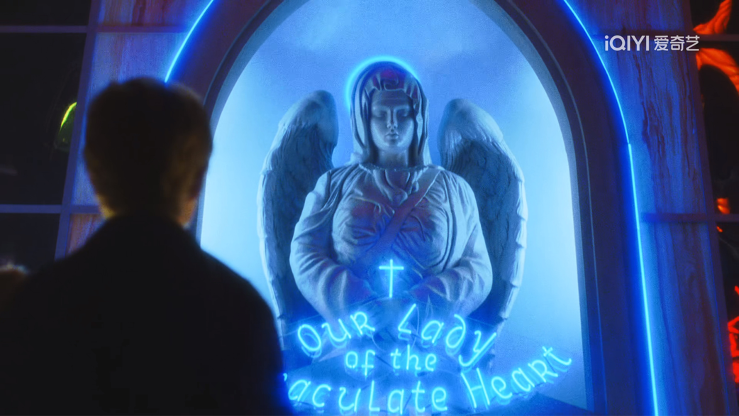
David first encounters the Blue Fairy while standing in Rouge City — where future citizens pursue desire and lust. The holy and pure image manifests the honest desire by David of turning real, in sardonic contrast to the context of base human desires.
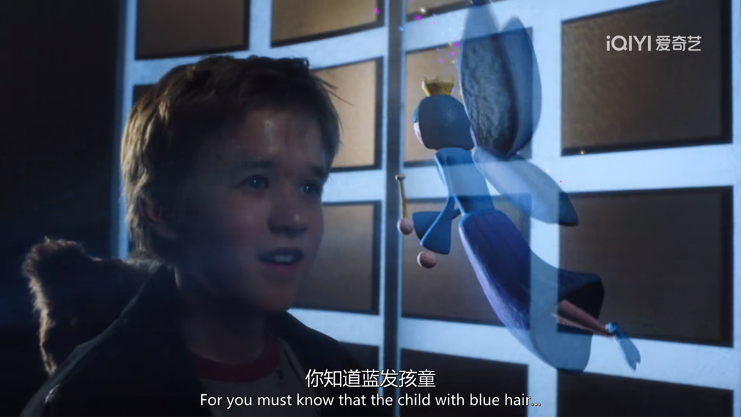
David finds ‘Dr. Known,’ an entertainment venue that provides knowledge service of various kinds. The cute and naïve image of the Blue Fairy from the original tale further emphasizes the decent and honest hope in David’s mechanical heart.
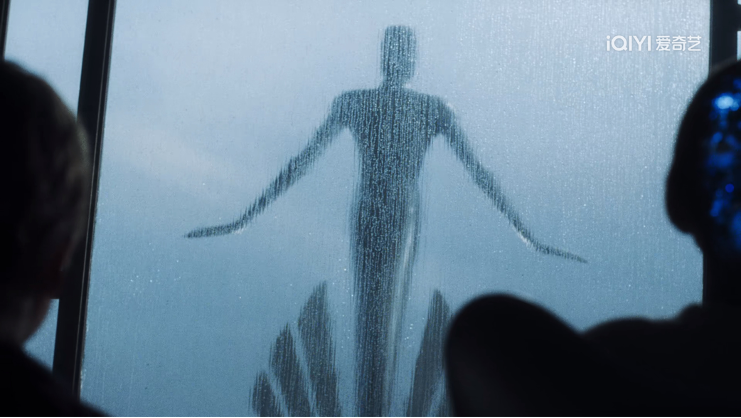
When David finds Professor Hobby, founder of Cybertronics, the ‘real’ parent of David, he realizes his nature as a robot who will never become a physically real boy. The metallic, cold, and static bird-like figure of the company logo reveals to him this cruel reality.
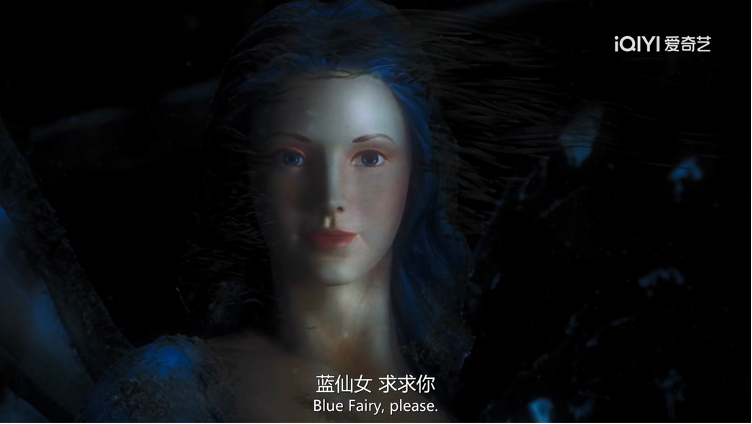
David believes that this is the real Blue Fairy who will be able to make his wish come true, the end of his journey. He prays towards this Blue Fairy — who smiles softly and welcomingly forever — for 2,000 years. Though not the most holy and pure Blue Fairy in the movie, it is the most maternal one.
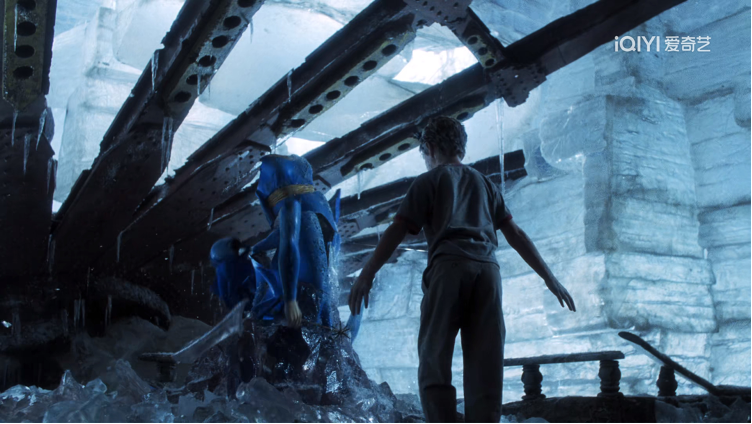
The statue finally collapses, once the future intelligent beings dig David out from the frozen sea. I felt the most impact when watching the scene, as it seemed to be a sign of the ‘death sentence’ for that dream, so desperate. But the movie wasn’t over yet…
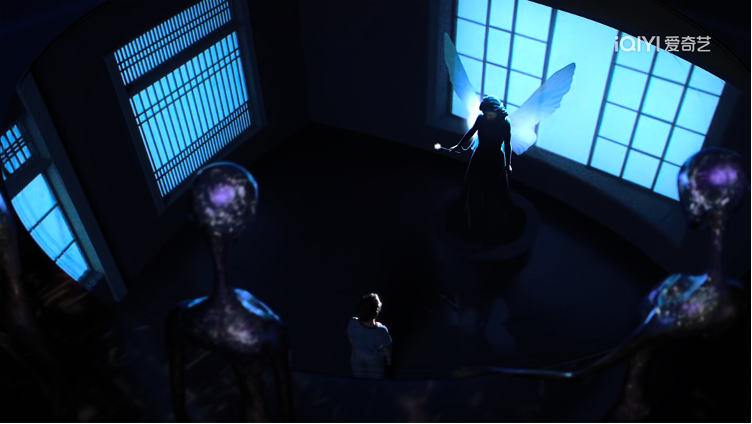
The dreamiest form of Blue Fairy in the movie is a hologram created by the advanced beings of the far future. She is not static but alive, still soft and welcoming. As a voice of the intelligent beings, she guides the ultimate end to David’s life, by resurrecting his adoptive mother for just one day, using a wisp of the woman’s hair.
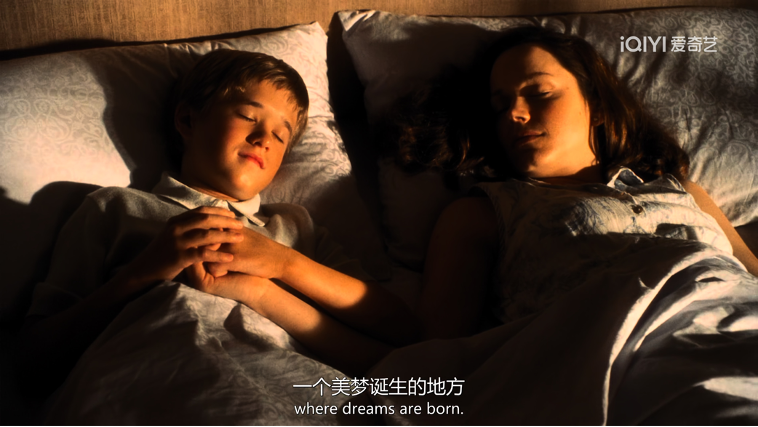
David finally gets to spend a perfect day with a mother who loves him. At the moment of his death, he becomes a real boy at last.
DECODER: Adelina Vaca (Mexico) on ARRIVAL | William Liu (China) on A.I. ARTIFICIAL INTELLIGENCE | Tim Spencer (England) on VURT | Ramona Lyons (USA) on BABEL-17 | Rachel Lawes (England) on NICE WORK | Alfredo Troncoso (Mexico) on THE ODYSSEY | Gabriela Pedranti (Spain) on MUSIC BOX | Charles Leech (Canada) on PATTERN RECOGNITION | Lucia Laurent-Neva (England) on LESSONS IN CHEMISTRY | Whitney Dunlap-Fowler (USA) on THE GIVER | Colette Sensier (England / Portugal) on PRIESTDADDY | Jamin Pelkey (Canada) on THE WONDER | Maciej Biedziński (Poland) on KOSMOS | Josh Glenn (USA) on LE GARAGE HERMÉTIQUE | Antje Weißenborn (Germany) on BABYLON BERLIN | Ximena Tobi (Argentina) on SIX FEET UNDER | Mariane Cara (Brazil) on ROPE | Maria Papanthymou (Greece) on MY FAMILY AND OTHER ANIMALS | Chirag Mediratta (India) on BLEACH | Dimitar Trendafilov (Bulgaria) on THE MATRIX | Martha Arango (Sweden) on ONE HUNDRED YEARS OF SOLITUDE | Becks Collins (England) on THE HITCHHIKER’S GUIDE TO THE GALAXY | Ivan Islas (Mexico) on THE NAME OF THE ROSE | Paulina Goch-Kenawy (Poland) on THE SENSE OF AN ENDING | Eugene Gorny (Thailand) on SHUTTER ISLAND & FRACTURED.
Also see these international semio series: COVID CODES | SEMIO OBJECTS | MAKING SENSE | COLOR CODEX | DECODER

